Dealing with Data The Commonwealth and International Library: Physics Division eBook
$72.95 Original price was: $72.95.$50.00Current price is: $50.00.
By: Arthur J. Lyon
Publisher: Pergamon
Print ISBN: 9780080063980, 0080063985
eText ISBN: 9781483155739, 1483155730
Copyright year: 1970
Delivery: Can be download immediately after purchasing. For new customer, we need process for verification from 30 mins to 12 hours.
Version: PDF/EPUB. If you need EPUB and MOBI Version, please send contact us.
Compatible Devices: Can be read on any devices
The book starts with the basics of data analysis through non-statistical and non-mathematical assessments of error and uncertainty conditions. Experimental and maximum errors and the use of simple graphical methods are briefly described. Applying quick methods on data analysis such as frequency distributions, determination of standard errors, and applications of significance tests are explained. Special attention is given to the statistical quick methods where the range is preferred to traditional methods of calculation. The author notes that the quick methods have more practical applications in physics and engineering. The use of the quick methods of calculation is more precise in error estimation, confidence limits, and tests for outliers that the error is very negligible when applied to actual conditions. Dealing with errors of computation arising from rounding of values, and those arising from the use of slide rules and of the logarithm tables, is explained. The use of numerical methods (integration, differentiation, and interpolation) and graphical methods (like curve fitting) is briefly explained, with the author’s emphasis on choosing the simpler methods.
Sixth formers, engineering undergraduates, statisticians, and students of mathematics will find the information in this book useful.
Dealing with Data: The Commonwealth and International Library: Physics Division is written by Arthur J. Lyon and published by Pergamon. The Digital and eTextbook ISBNs for Dealing with Data are 9781483155739, 1483155730 and the print ISBNs are 9780080063980, 0080063985. Save up to 80% versus print by going digital with VitalSource.
Be the first to review “Dealing with Data The Commonwealth and International Library: Physics Division eBook” Cancel reply
You must be logged in to post a review.
Related products
Trending
Bestsellers
Visible Learning for Mathematics, Grades K-12: What Works Best to Optimize Student Learning eBook
Bestsellers
MyLab Math with Pearson eText — Student Access Card — for Algebra and Trigonometry (18 Weeks) eBook
Bestsellers


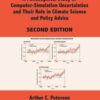
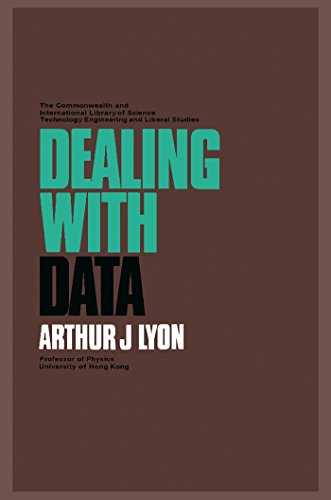

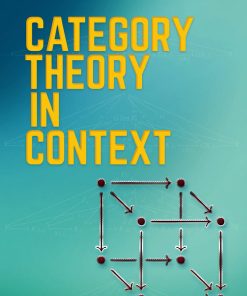
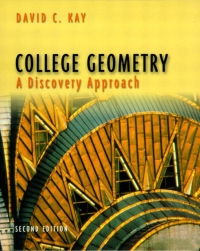

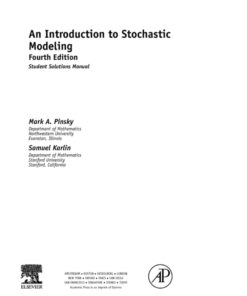
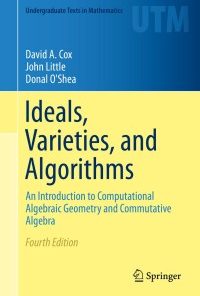
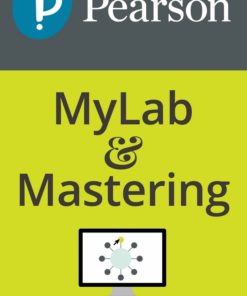
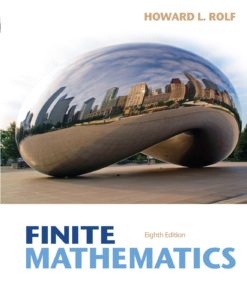
Reviews
There are no reviews yet.